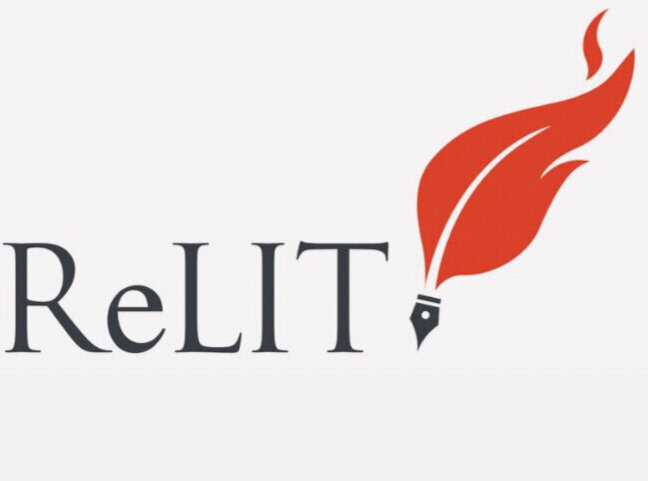Consoling Rhythms and Rhymes: A Visit to an Adolescent Unit
Sally Bayley discusses her recent visit to an adolescent unit in Oxford, where she led a workshop using rhythm and music as a way of exploring feelings and images.
I recently made a visit to the Highfield adolescent unit in Oxford. The unit houses young people aged 11-18 experiencing acute mental health issues. I had been asked to run a session for the young people by one of the teachers attached to the unit.
I took with me copies of my recent book, GIRL WITH DOVE (William Collins, 2018). I had decided to speak about one of the characters in that book called Tracy White, or ‘Trace’. Trace is addicted to the rhythms of pop music. She adores Madonna and wants to be her when she grows up. Trace is 15 years old and she finds herself inside an adolescent unit masquerading as a children’s home. Trace spends much of her time annoying her peers with her pop routines.
But pop lyrics and pop rhythms offer Trace a different kind of self-image. Madonna’s music and pop video imagery brings consolation from another world: the world of the healthy, vital body, attached to a vibrant rhythm. Trace loves Madonna’s ‘Like a Prayer’ which, as Madonna tells us, ‘can take you there’, which for Trace means anywhere but where she is now. And so she dances herself out of her place of despair. Trace dances herself into a reverie, a happier elsewhere; ‘Like a Prayer’ is her visceral chant, her teenage fantasy of a better, stronger self. Trace wants to be in the place where Madonna is, what sounds like an image of Heaven, where she can be whatever she longs to be: free.
The young adults at the Highfield Unit shared their experiences of rhythm and music with me. Some of them sang out snatches of song and tunes and we sang along. We moved some of the rhythm into our bodies. Together we created some percussion pieces using just our hands and the table in front of us. I asked each of them to start to slap out a rhythm; the rest of us followed. We altered and built upon the rhythms, creating a wave-like effect around the table. One pattern built upon another. We discussed the moods evoked by the sound structures and we created a word-salad associated with those rhythms. We sang and called out some of those words over the top of our rhythms. The words were a reflection of our current feelings and some of the words turned into images. One image turned into another and then another.
At the end of our session we had created a community of sound and words; something had entered the room: trust and a sense of camaraderie.
By Sally Bayley
